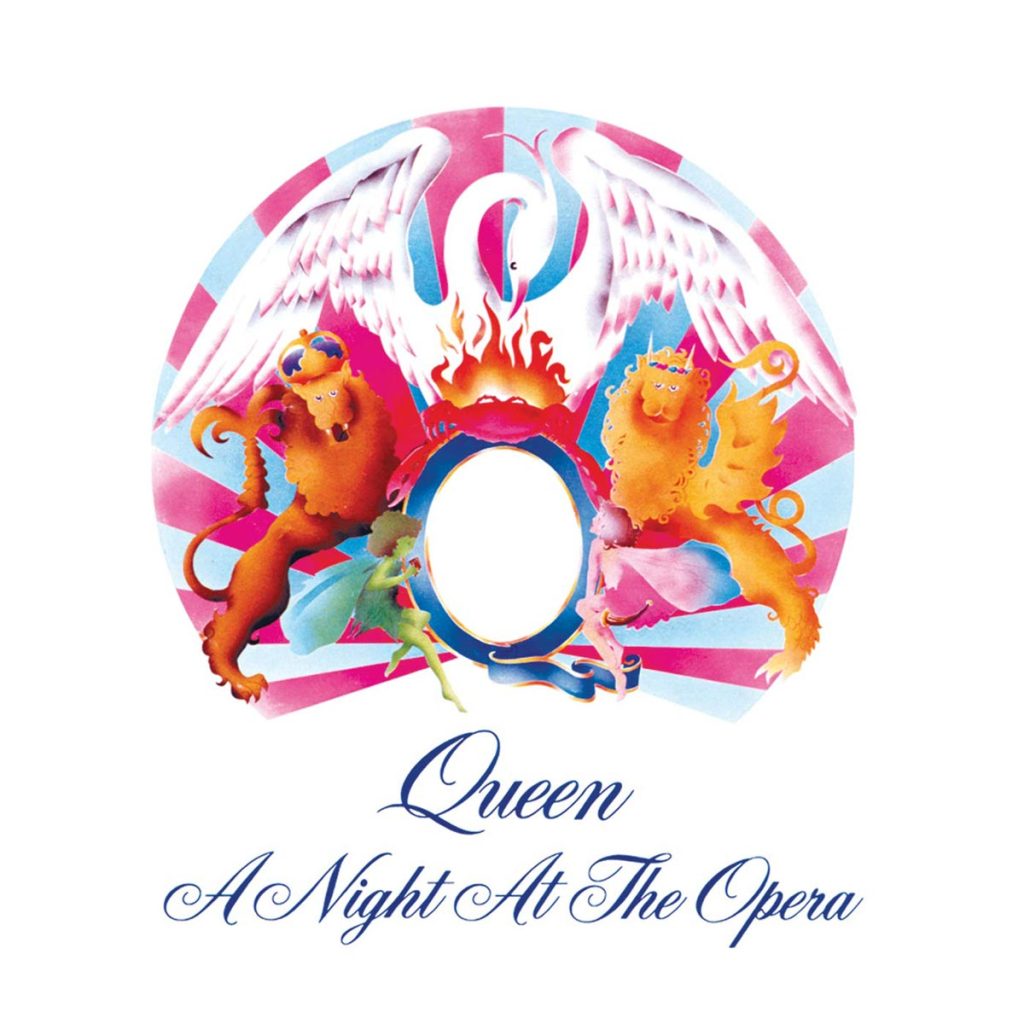Prog rock entails tempo changes, classical and jazz reminiscences, extensive instrumental parts and surprising instruments. Because all of this is hard to fit into a three-minute song, there is the long track.
The band manager was not at all enthusiastic. A six-minute song with an operatic chorus section? Which radio station would play that? Utterly unfit for a single release! – But the band insisted on their decision, and lo and behold: all radios played “Bohemian Rhapsody” in full length! Listeners couldn’t get enough of the song. It became a number one hit in the UK and also catapulted the album A Night At The Opera to the top of the charts.
And “Bohemian Rhapsody” wasn’t even the most extreme song on the album. The opener of the B-side is two and a half minutes longer (the longest vocal number Queen have ever recorded in the studio) and also contains an unprecedented a cappella section lasting more than two minutes. And that’s not all: “The Prophet’s Song” (8:21), this masterpiece of progressive rock music, offers a rollercoaster ride through a whole range of sound worlds. Critics found the song to be “just as fascinating as ‘Bohemian Rhapsody'” (AllMusic), even the “best track” on the album (Rolling Stone). One has to wonder what would have happened if Queen had released this song as a single instead of “Bohemian Rhapsody”?
“The Prophet’s Song” was inspired by a nightmare Brian May had during his hepatitis illness in 1974. (A few of the musical elements already existed before that.) He had dreamed of a catastrophic flood – and he turned it into a quasi-apocalyptic prophecy: “Oh oh people of the earth / Listen to the warning!” (“People Of The Earth” was also the working title.) “If humanity is to have a future, people must stand together more” – this is how May described his concern. Freddie Mercury switches several times between the chorus and the verses in the hard rock section (0:36 to 2:57), with the form, the riffs and the harmony vocals varying again and again. “Songs are journeys for me,” says Brian May. “That’s why you hear the chorus a little differently every time.”
After a secondary section (“Flee for your life”), the big a cappella interlude begins (3:23 to 5:51): “People, can you hear me?” Mercury’s vocals are given two echoes in the studio, to which he responds in turn – he sings in a trio, so to speak. Producer Roy Thomas Baker assures that “It has been sung live”. “He had the delays on the headphones so was able to sing harmony with himself.” (Brian May had discovered this technique on the guitar.) A harmonized canon part (with only one delay) follows (from 4:50). The rock sound also resumes with an echo effect (5:51), now even more powerful and with a soloing guitar. (The intensification effect is similar to that after the “opera part” in “Bohemian Rhapsody”). Here we have this dark, riffing hard rock in a minor key again – followed by a final chorus.
The first half minute of the song also offers a special feature. In this introduction, May improvises on a toy koto (the band was enamored with Japan at the time) and on the acoustic guitar, accompanied by wind noises. (This beautiful, magical soundscape is repeated at the end (from 7:38) and then leads directly into the next song (“Love Of My Life”).
Queen – A Night At The Opera on discogs.com


